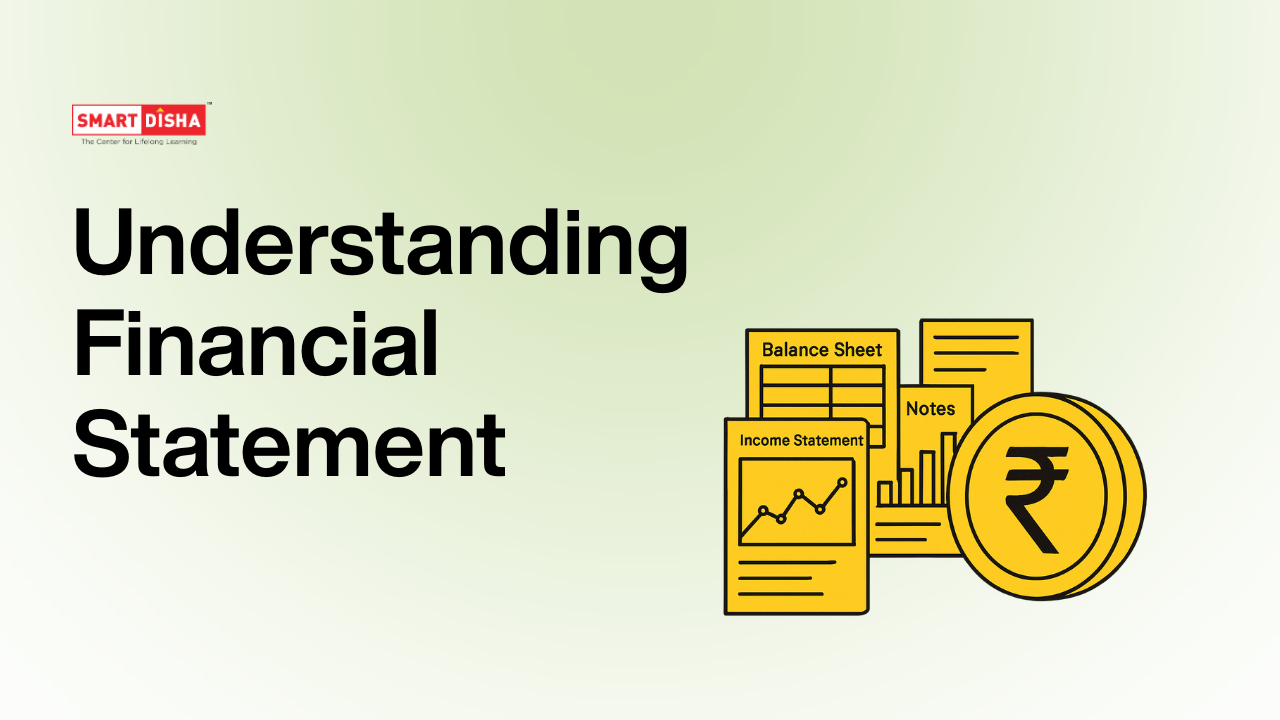In the world of finance, derivatives are powerful tools used to manage risk, enhance returns, and hedge against potential losses. Among the most common types of derivatives are futures and options. Understanding how these instruments work and their role in risk management can help investors protect their portfolios during uncertain market conditions.
This guide will break down the key concepts behind futures and options, explain how they function, and explore how they can be used in risk management.
What Are Derivatives?
A derivative is a financial contract whose value is derived from an underlying asset, such as stocks, bonds, commodities, or interest rates. Investors use derivatives to speculate on the future price movements of these assets or to hedge (reduce) their exposure to risks.
Two of the most widely used derivatives in risk management are futures contracts and options contracts.
Futures Contracts Explained
A futures contract is a standardized agreement between two parties to buy or sell an asset at a predetermined price on a specific date in the future. Unlike options, futures obligate both the buyer and seller to complete the transaction at the agreed-upon date.
How Do Futures Work?
- Hedging with Futures: Companies or investors use futures to lock in prices and protect against future price volatility. For example, a farmer might use futures to lock in a price for their crops to avoid the risk of prices falling during the harvest season.
- Speculating with Futures: Traders also use futures contracts to speculate on the price direction of an asset. If a trader believes the price of oil will rise, they can buy oil futures. If their prediction is correct, they can sell the contract for a profit.
Key Features of Futures:
- Obligation: Both parties are obligated to buy or sell the asset on the contract’s expiration date.
- Standardization: Futures contracts are standardized, meaning they specify the exact amount of the asset to be traded, making them easier to buy and sell on exchanges.
- Leverage: Futures allow traders to control large positions with a relatively small initial investment, amplifying both potential gains and losses.
Risk Management with Futures:
- Hedging Against Price Fluctuations: Futures contracts are frequently used by businesses and investors to hedge against potential price changes in commodities or financial assets. For example, an airline company may purchase futures contracts for fuel to protect itself from rising fuel prices, thereby stabilizing its operating costs.
- Predictable Costs: Futures contracts allow companies to set predictable costs or revenues for assets they need to buy or sell, reducing uncertainty and volatility in their financial planning.
Options Contracts Explained
An options contract gives the buyer the right, but not the obligation, to buy or sell an underlying asset at a predetermined price within a specified time frame. There are two types of options: call options (the right to buy) and put options (the right to sell).
How Do Options Work?
- Call Options: If an investor believes a stock will rise in price, they can buy a call option, giving them the right to purchase the stock at a set price. If the stock price goes up, they can buy it at the lower price and either sell it for a profit or hold it for future gains.
- Put Options: On the other hand, if an investor expects a stock to decrease in value, they can buy a put option. This allows them to sell the stock at the agreed-upon price, even if the stock’s market value falls.
Key Features of Options:
- Right, Not Obligation: The buyer of the option has the right but not the obligation to execute the contract, which provides more flexibility compared to futures.
- Premium: The buyer pays a premium (fee) to the seller (or writer) of the option for this right. If the option is not exercised, the premium is the only cost.
- Expiration Date: Options contracts have an expiration date, after which the right to exercise the option no longer exists.
Risk Management with Options:
- Limiting Losses: Investors use options to hedge against potential losses in their portfolios. For example, an investor can purchase put options as insurance to protect their portfolio from a market downturn. If the stock prices fall, the investor can sell their assets at the higher price, mitigating losses.
- Earning Income: Writing (selling) options can also be a way to generate income, though it involves taking on some risk. Investors sell options with the expectation that they won’t be exercised, allowing them to keep the premium.
Futures vs Options: Key Differences
| Feature | Futures | Options |
| Obligation | Obligation to buy or sell the asset | Right, but not obligation, to buy/sell |
| Upfront Cost | Requires margin or collateral | Buyer pays a premium |
| Risk | Unlimited risk for both parties | Risk limited to the premium paid for buyer |
| Flexibility | No flexibility once the contract is signed | Flexibility to exercise or not |
| Leverage | High leverage with margin | Leverage with controlled risk |
How Futures and Options Manage Risk
Hedging Price Risk:
Both futures and options allow investors and businesses to protect themselves from adverse price movements. For instance, an importer who expects the price of foreign currency to rise can use futures or options contracts to lock in today’s exchange rate, safeguarding against future increases.
Portfolio Protection:
Options, especially put options, are popular for providing downside protection. Investors can hedge their portfolios by buying put options, ensuring that they can sell their stocks at a predetermined price if the market declines.
Reducing Volatility:
By using derivatives, investors and companies can stabilize their income or costs, reducing volatility in their operations or investment portfolios. For example, a gold producer might use futures to secure a consistent price for their output, avoiding the fluctuations in the commodity market.
Conclusion: Choosing the Right Tool for Risk Management
Futures and options are essential tools in the world of risk management, each offering unique advantages depending on the situation. Futures provide certainty and lock in prices, but come with the obligation to follow through on the contract. Options, on the other hand, offer more flexibility with the added cost of a premium.
Investors and businesses should consider their specific risk tolerance, financial objectives, and market outlook when choosing between these instruments. Properly understanding how to use these tools can significantly enhance your risk management strategy, allowing you to protect your investments from the unpredictability of market movements




